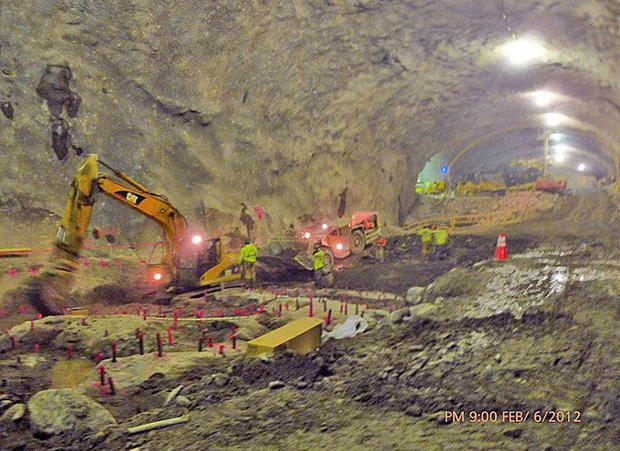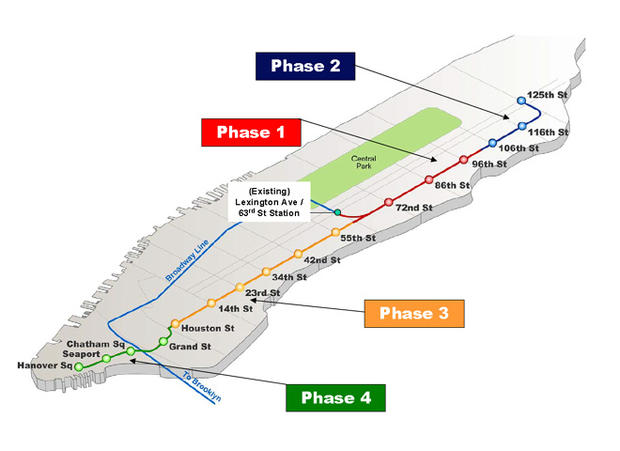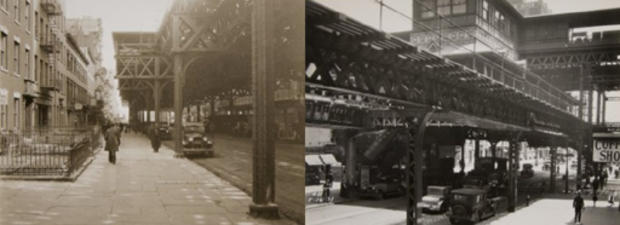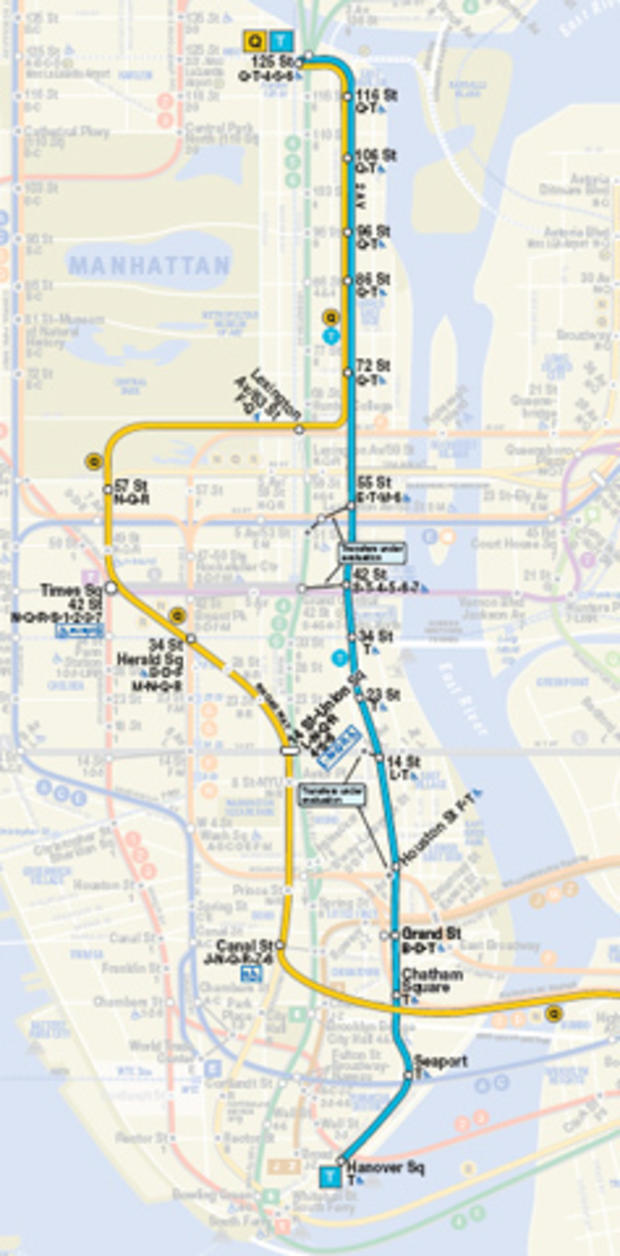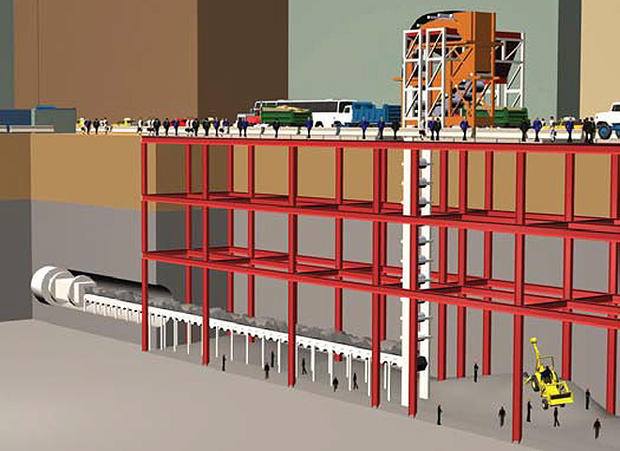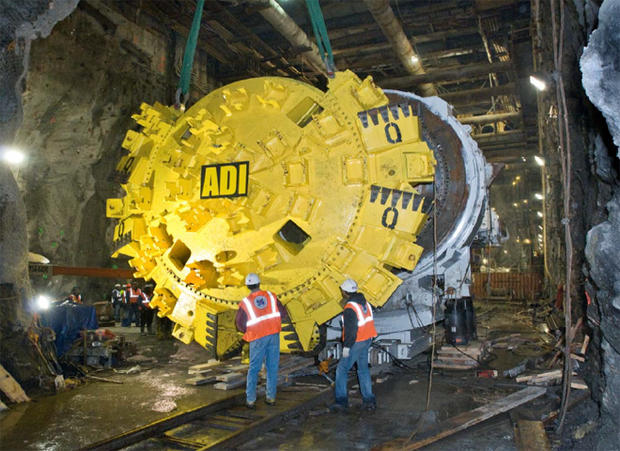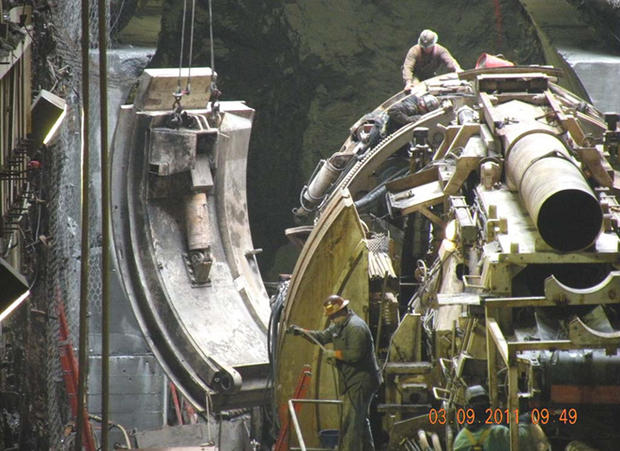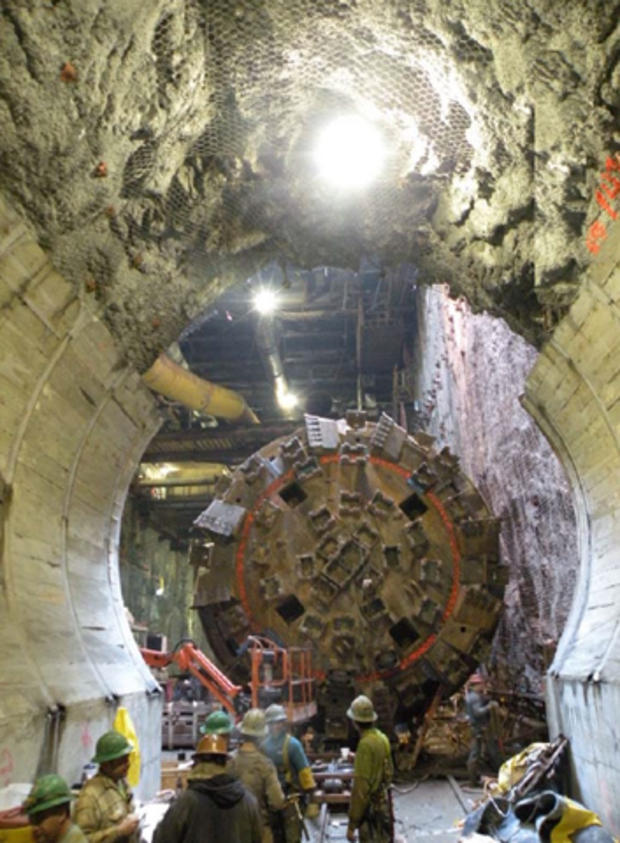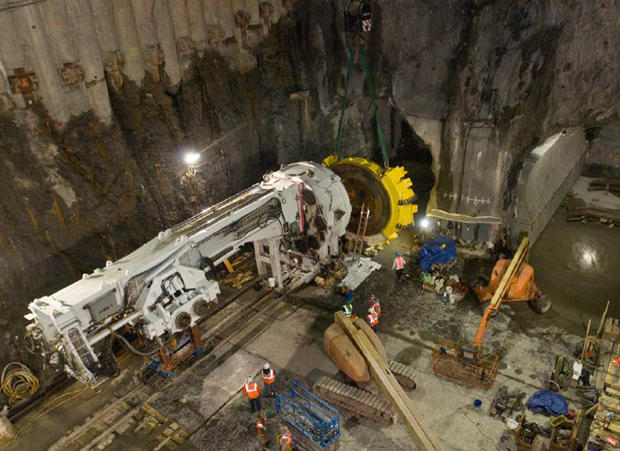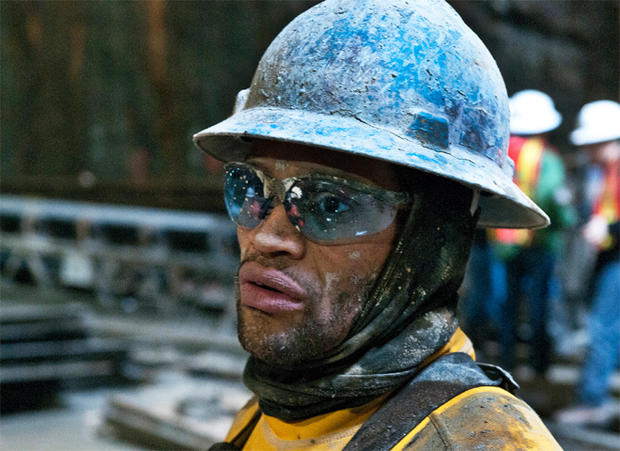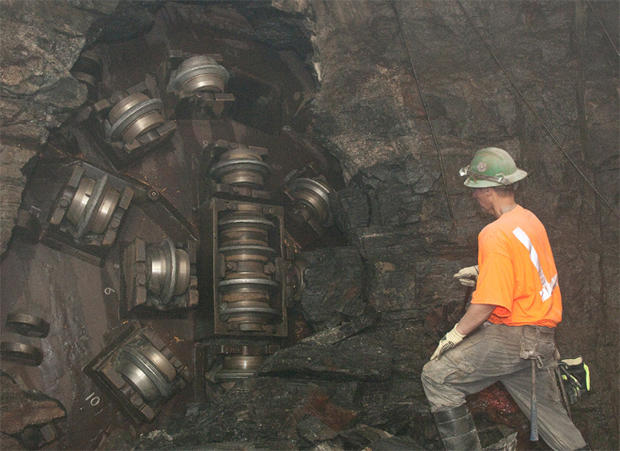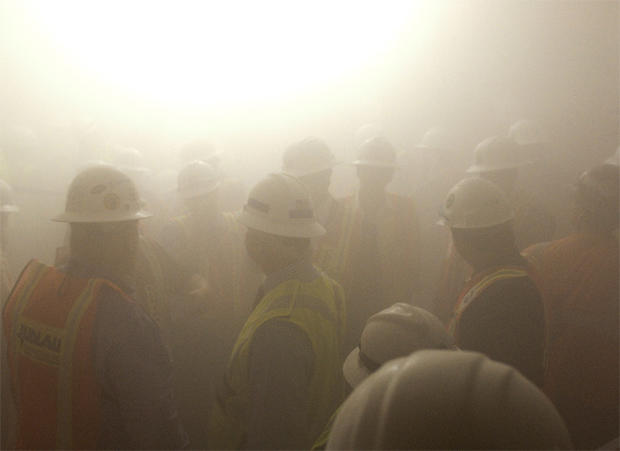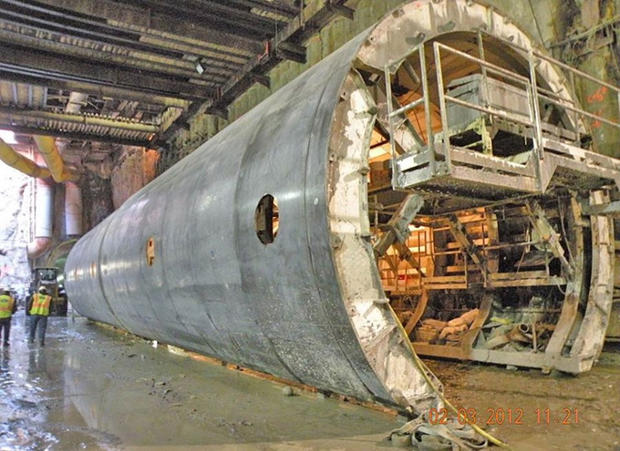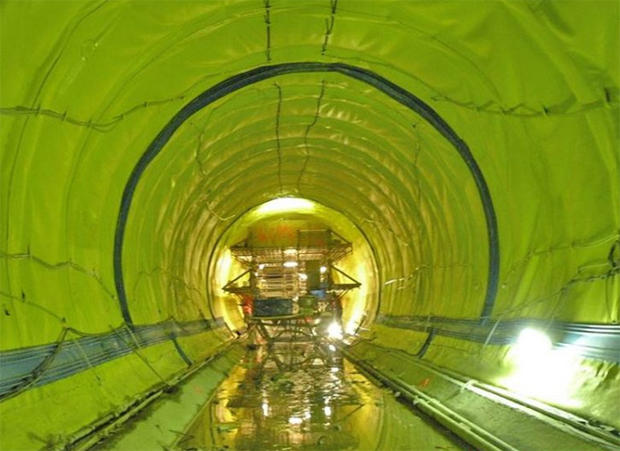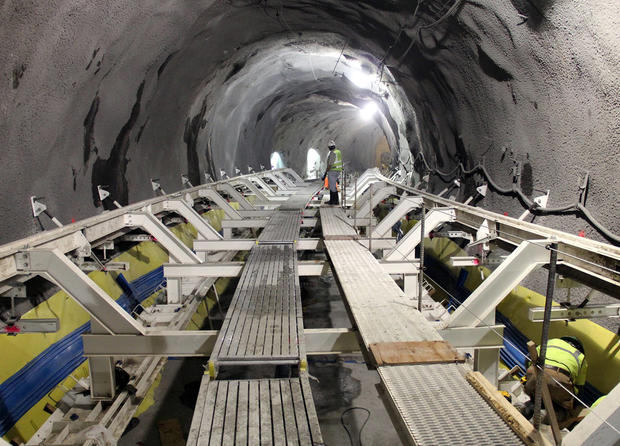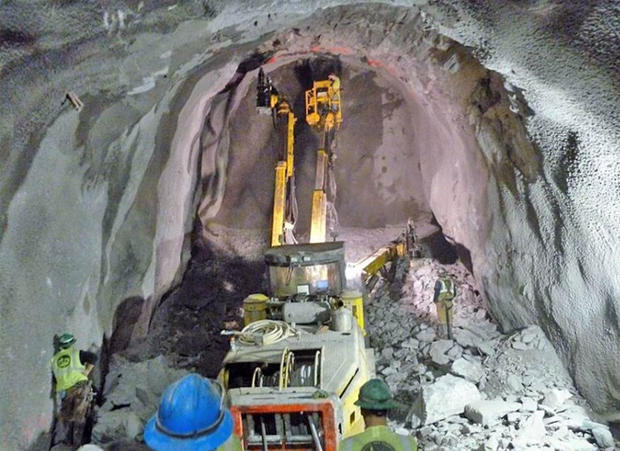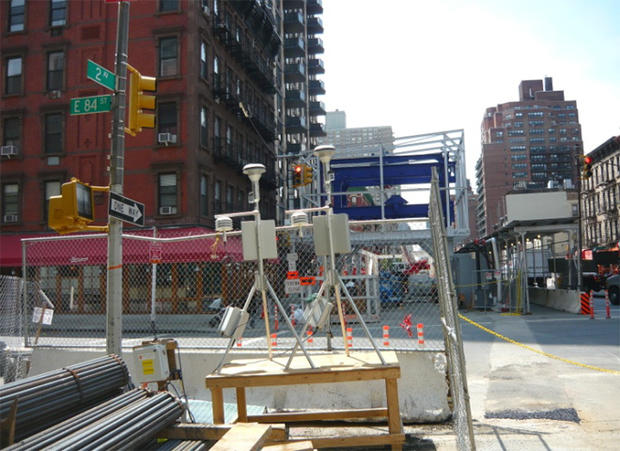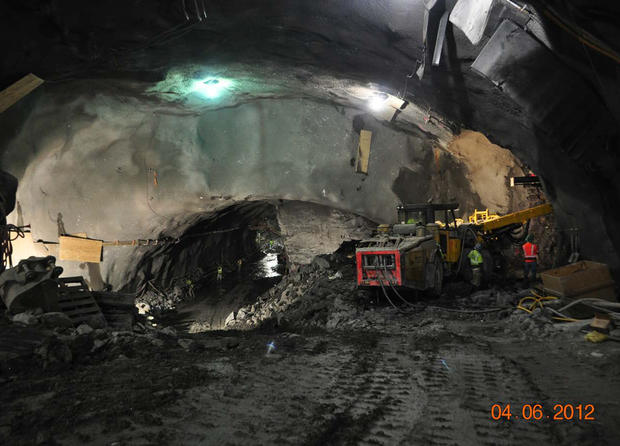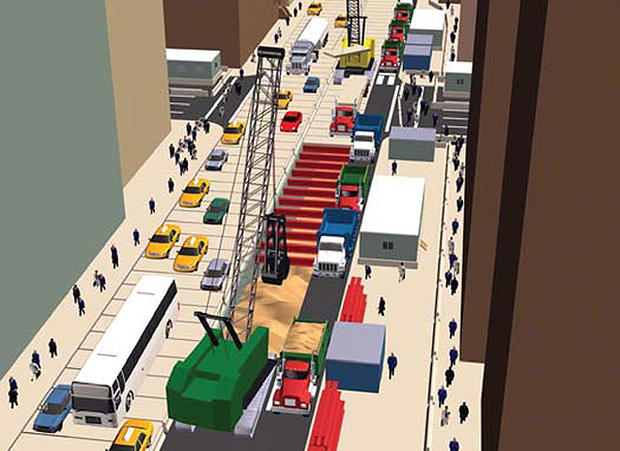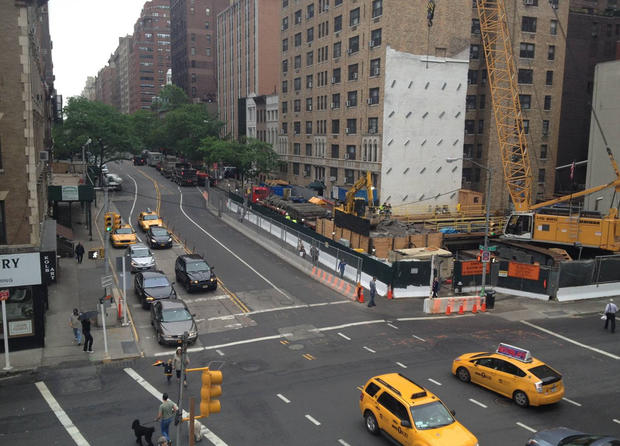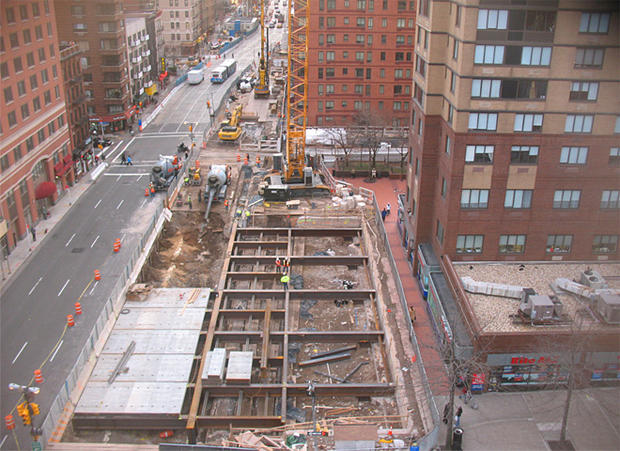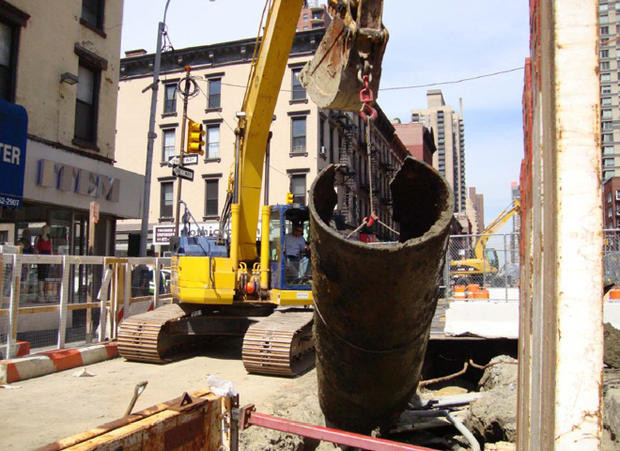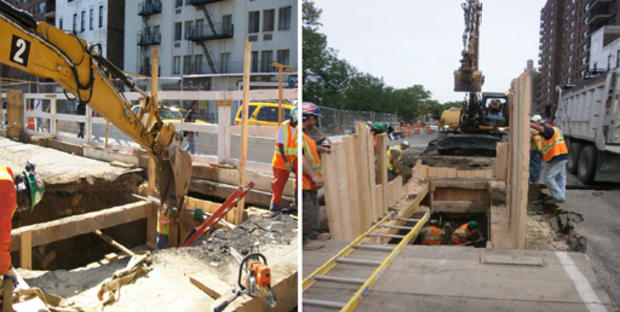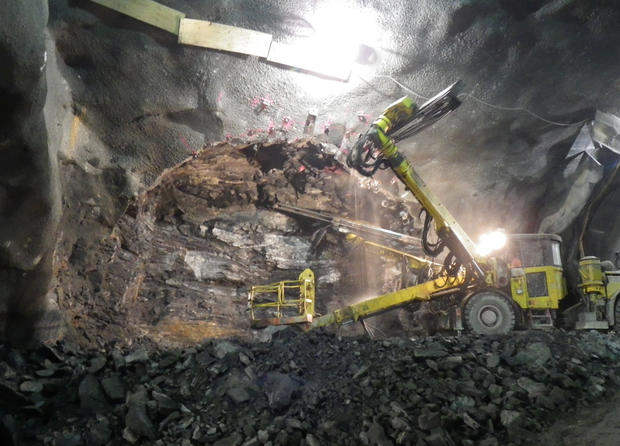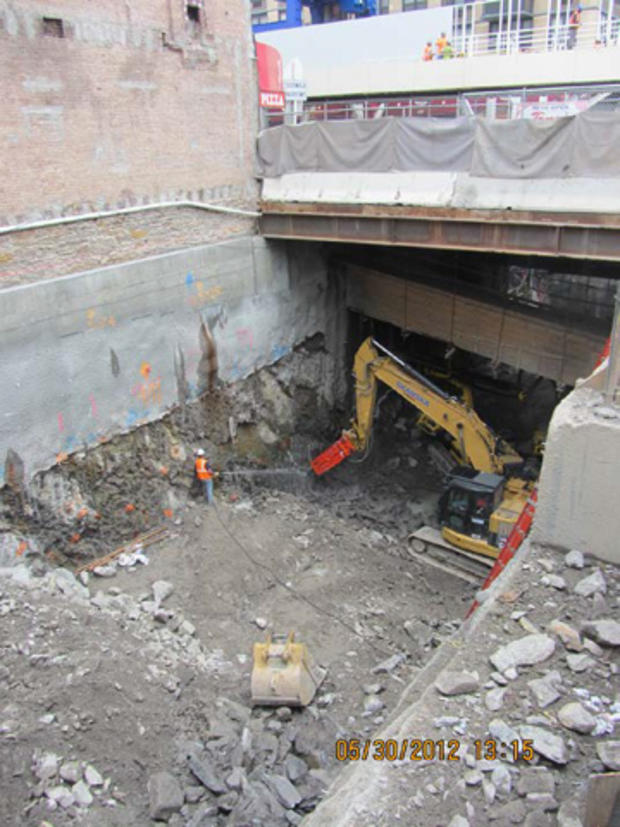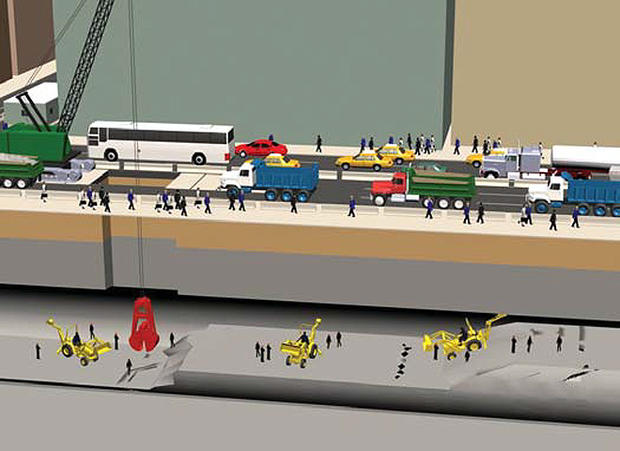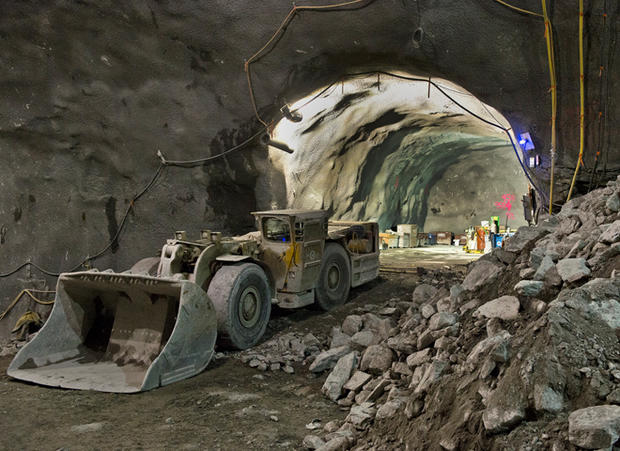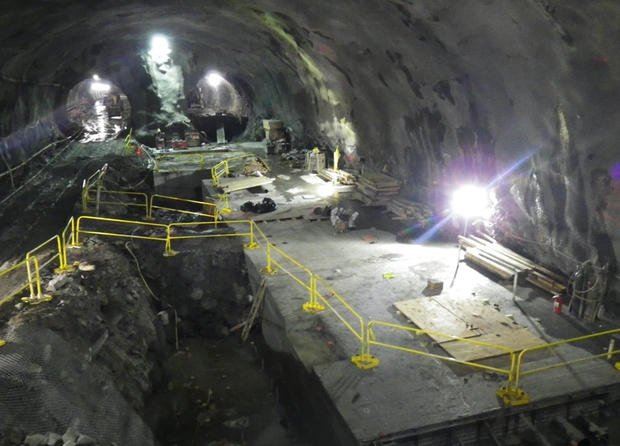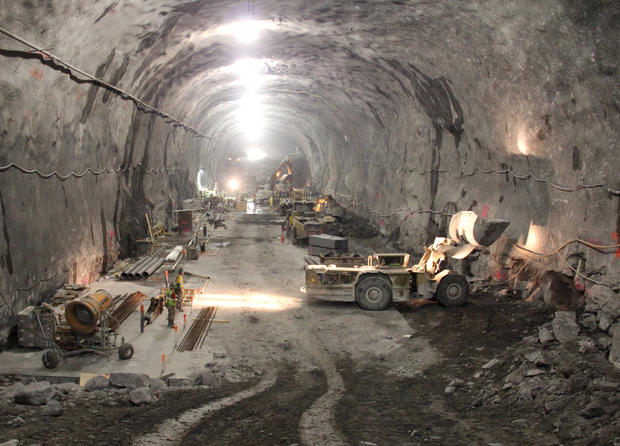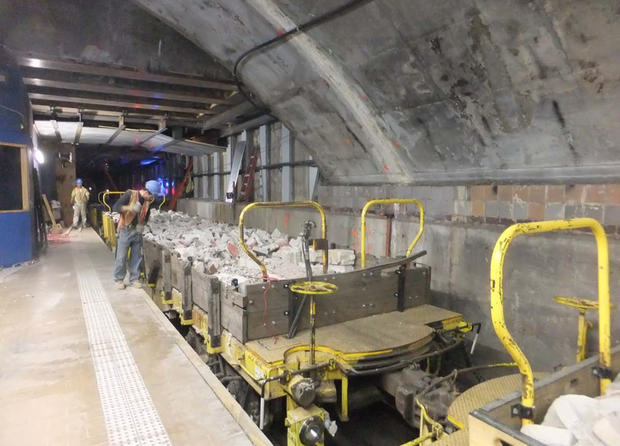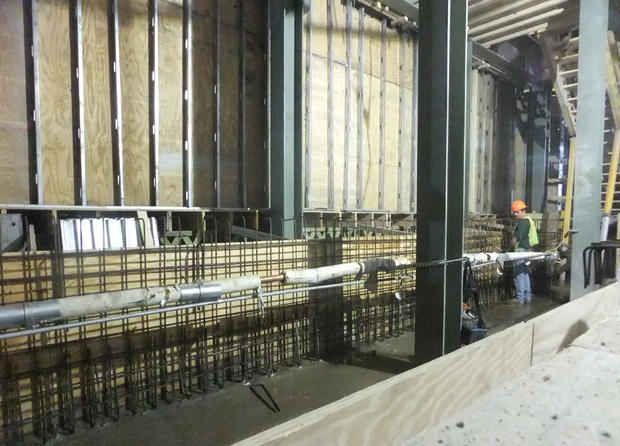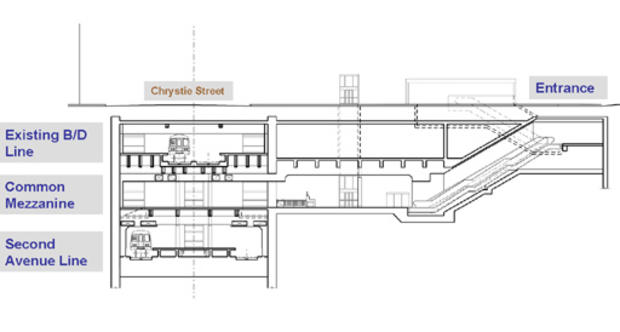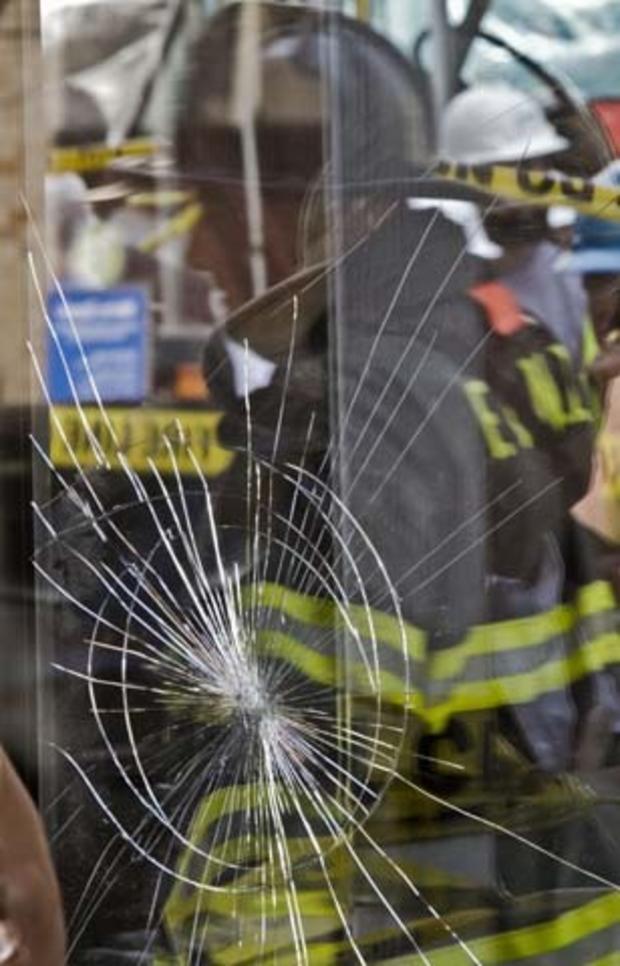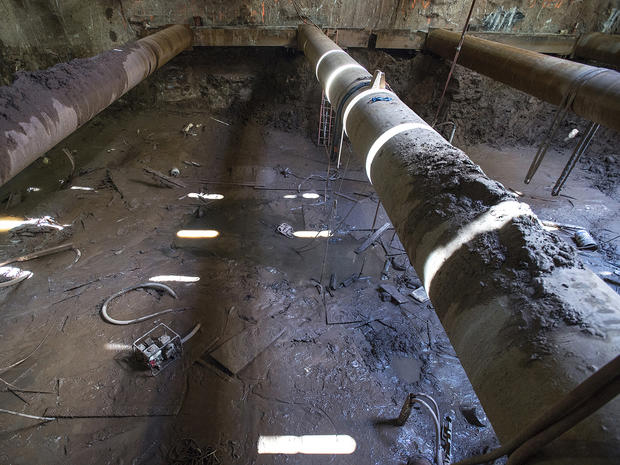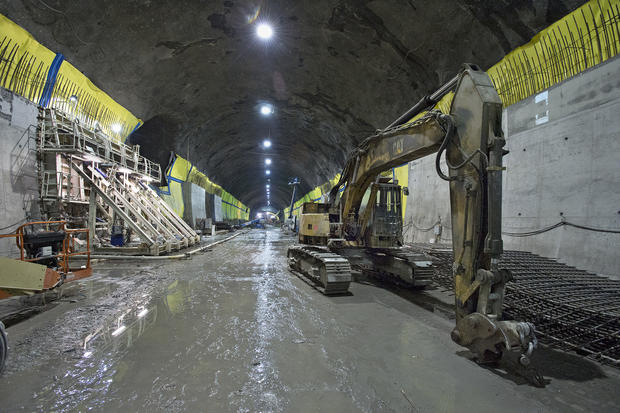Building NYC's Second Ave. Subway
After 90 years of planning, delays, and fights for government funding, construction is underway on the first new subway line in New York City since 1932. The $4.5 billion transportation project (which received $1.3 billion in federal funds in 2007) will improve access to mass transit and reduce overcrowding and commuter delays on the Lexington Avenue lines (currently the subway with the easternmost service on Manhattan).
By CBSNews.com senior editor David Morgan
Left: 1925 views of the elevated tracks of the Second Avenue line in Manhattan.
The Second Avenue El was discontinued in 1942 and the overhead tracks demolished; the Third Avenue elevated lines were taken down in the Fifties. But work on the Second Avenue Subway line - delayed first by the Great Depression - was continually put off because of wars and economic woes that sidetracked the most important thing needed: money. After a groundbreaking ceremony in the early '70s, construction was halted due to the city's financial problems.
By the time Phases 3 and 4 are completed, the new T line will run from 125th Street to Hanover Square.
The excavated material is then lifted to street level for removal by truck.
The TBM averaged approximately 60 linear feet a day.
CBS Station WCBS reports that steel plates covering the Second Avenue subway construction site failed to withstand the impact of a controlled blast that sent rocks flying into the street, damaging nearby buildings. Construction workers were blasting through rock to create an escalator for the subway when two 1,800-pound steel plates were lifted into the air, allowing debris to rain onto the street.
The cover was supposed to absorb the pressure but didn't, said Michael Horodniceanu, president of capital construction for the Metropolitan Transportation Authority.
On March 19, 2013, a construction worker became stuck in the mud, and was rescued by fellow workers and N.Y.C. firefighters.
For more info:
MTA Capital Construction: Second Avenue Subway
By CBSNews.com senior editor David Morgan
